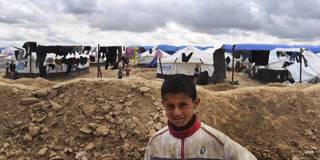
Making Migration Work for Everyone
As different categories of migration have begun to overlap, governments have struggled to adapt, pointing to the need for a new framework to manage this key domain of the global economy. With the right norms and mechanisms in place, the far-reaching benefits of immigration can be realized, and the attendant social concerns alleviated.
GENEVA – In a globalized world, migration is a fact of life that should be governed accordingly. To that end, it is time to establish what I call “Migration Order 3.0,” a new framework that would make migration work for everyone.